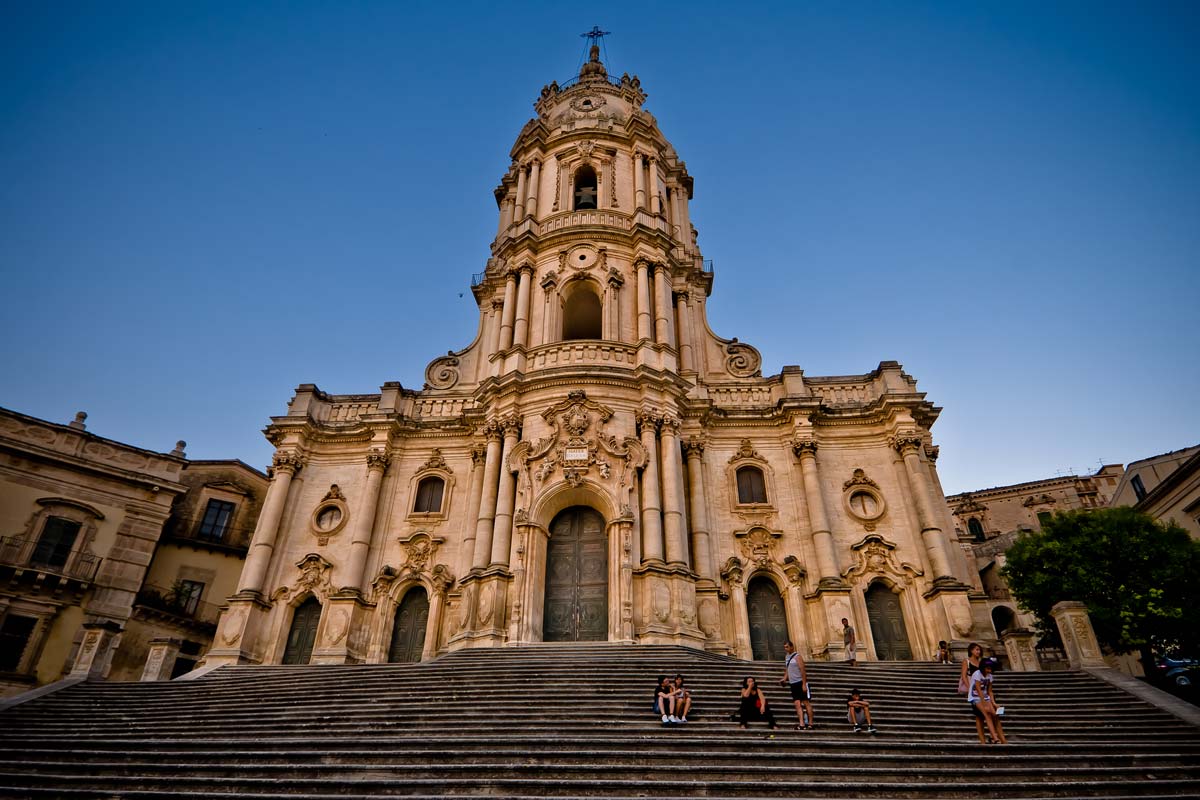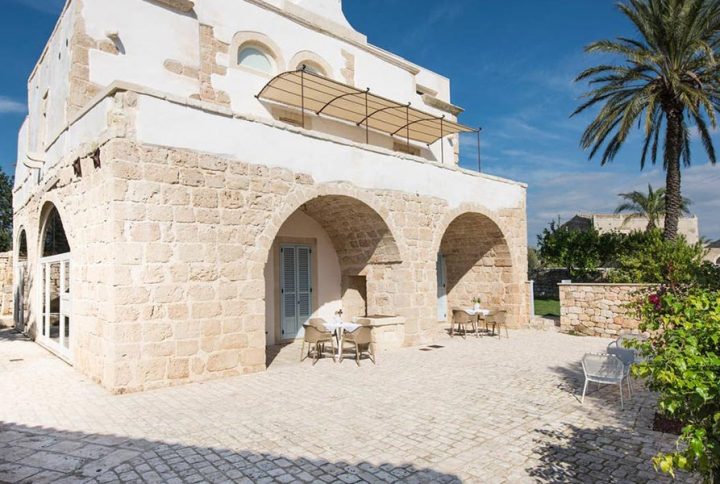
Modica
“Modica. Noble, opulent and populated city, seat of the ancient and vast County”.
This 18th century description by historian and clergyman Vito Amore elegantly summarizes the political, economical and cultural importance of this city whose history is rooted in remote ages and events. Historical sources maintain that a town called Motyca, hereabouts, was inhabited by prehistoric peoples, called Sikels, around the 7th century BC., at the time of the Greek Colonization of Sicily; the historian Mario Carrafa, in the 18th century, told of Greek coins discovered the area, bearing the inscription Motayon. Traces of a Roman settlement are clearer, it being perhaps a Roman Città Decumana (that is, liable for tax). Clearer signs were left by the Arabs who conquered a Castle in Mudiqah in 845. The city yet changed its name to Motica, Motuca and Mohac. The Normans, led by Roger of Hauteville, who had driven Arabians from Sicily, took it in the 11th century. He, lately known as The Norman and devoted to St. George, established the cult of this Saint who is now Modica’s patron saint.
Modica became the centre of an important county. Gualtieri, one of Ruggero’s lieutenants, was the first Count. It enjoyed its greatest prosperity under the Spanish Aragon (13th and 14th century), and was successively governed by the Mosca, Chiaramonte and Cabrera dynasties, representatives of a local power – so typical of the feudal period – that for authority, richness and magnificence, was not inferior to the king himself.
Under the successive Henriquez, Alvarez and Fits-Stuart dynasties, the County declined, and the title of Count reduced to a formal meaning since it had lost any of its old privileges. On the whole, the county totalled seven centuries of history, almost entirely under the Spanish rule, that so much have contributed to Sicilian culture – visible in its languages, foods and architecture.
Today, Modica is depicted in several different ways: it is the “one-hundred churches town”, after the historian and writer F.L. Belgiorno’s count, that also included the ruins of churches in the city surroundings. It is the birth-place of Salvatore Quasimodo, a 20th century writer and 1959’s Nobel Prize, and of Tommaso Campailla, an 18th century scientist and philosopher. It is the town of the famous bridge, among the tallest in Europe (300m), overlooking the whole City and joining the new and the old Modicas. It is the city of the Castle, whose remnants consist of a 18th century tower and a more recent clock, both symbolically representing it. It is the town of the Baroque and of the County, both testifying to its glorious past. Finally, it is a city of disasters: natural, as were earthquakes in 1613 and 1693 and floods in 1833 and 1902; and human, as appear certain ugly modern buildings in its beautiful historical centre – a feature that, alas, recurs in most of the historical Sicilian cities.
Modica has much evolved throughout the centuries and had to cope with many difficulties, notably of economic nature. Nevertheless, of late, it has regained some of its ancient splendor also thanks to the policy of its last administrators – somehow focused at preserving the city’s heritage.
Venues
-
 Read more
Read moreTower of Arabs
This charming villa is a great example of Sicilian architecture. It is a part of a chain of medieval fortifications
